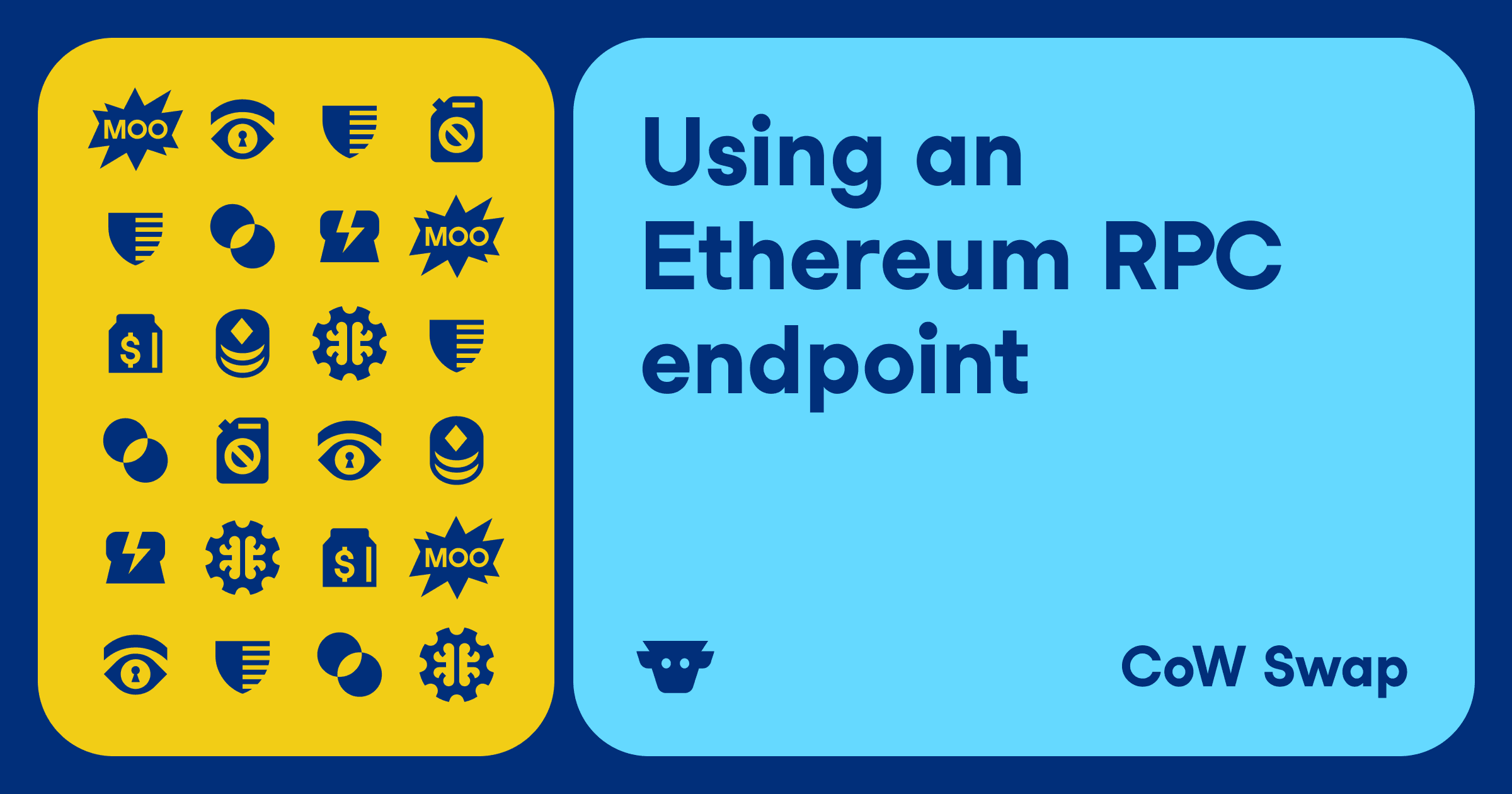How to manage crypto tax lots for optimized gains/losses
Managing crypto investments for optimal tax outcomes requires understanding a sophisticated concept called tax lot management. Tax lots represent individual purchases of cryptocurrency that you track separately for tax purposes, and managing them strategically can significantly reduce your tax burden.
What are crypto tax lots
A tax lot is each separate purchase of cryptocurrency you make. When you buy Bitcoin three different times at different prices, you create three distinct tax lots. Each lot has its own cost basis (the price you paid), purchase date, and holding period. These lots matter because when you sell cryptocurrency, you need to determine which specific lots you're selling to calculate your taxable gain or loss.
The IRS requires you to track each lot individually. If you bought 0.5 Bitcoin at $30,000 in January and another 0.5 Bitcoin at $60,000 in March, you have two separate tax lots. When you later sell 0.5 Bitcoin, the lot you choose to sell determines your tax liability.
Most exchanges default to first-in-first-out accounting, meaning they assume you sell your oldest cryptocurrency first. But this isn't always optimal for tax purposes.
How tax lot selection affects your taxes
Your choice of which tax lots to sell dramatically impacts your tax bill. Consider this example: You own three tax lots of Ethereum purchased at $2,000, $3,000, and $4,000 per coin. Today Ethereum trades at $3,500, and you want to sell one coin.
If you sell the lot purchased at $2,000, you realize a $1,500 gain and owe capital gains tax on that amount. If you sell the lot purchased at $4,000, you realize a $500 loss that you can use to offset other gains or deduct against ordinary income.
This flexibility in choosing which lots to sell gives you powerful control over your tax timing and liability. You can strategically realize gains in low-income years when you face lower tax rates, or harvest losses to offset gains from other investments.
Common tax lot accounting methods
Exchanges and tax software typically offer several methods for determining which lots you sell. First-in-first-out sells your oldest cryptocurrency first. Last-in-first-out sells your newest purchases first. Highest-cost-first sells the lots with the highest cost basis first, typically minimizing taxable gains.
Specific identification lets you choose exactly which lots to sell. This method offers maximum flexibility but requires careful record-keeping. You must identify the specific lots at the time of sale, not when you file your taxes.
The method you choose can create thousands of dollars in tax differences. Highest-cost-first typically minimizes current-year taxes by realizing the smallest gains or largest losses. But this strategy may result in higher taxes later when you sell your remaining low-cost lots.
Strategic considerations for lot selection
Your optimal lot selection strategy depends on several factors. Your current income level affects your marginal tax rate. If you expect higher income next year, you might prefer to realize gains this year at lower rates.
The holding period of each lot determines whether gains qualify for long-term capital gains treatment. Sales of cryptocurrency held longer than one year receive preferential tax rates. Sometimes paying tax on a short-term gain today makes sense if it allows you to hold other lots long enough to qualify for long-term treatment.
Your other investment gains and losses matter too. If you have large gains from stock sales, harvesting crypto losses can offset those gains. If you have minimal gains this year, you might defer selling appreciated crypto lots to future years.
Tax loss harvesting with lot management
Tax loss harvesting means selling investments at a loss to offset taxable gains. Crypto lot management makes this strategy more powerful because you can precisely control which lots to sell for losses while keeping similar lots that might recover.
Suppose you own Bitcoin purchased at $40,000, $50,000, and $60,000, and Bitcoin currently trades at $45,000. You could sell the lots purchased at $50,000 and $60,000 to realize losses while keeping the lot purchased at $40,000 for potential future gains.
Unlike stocks, cryptocurrency isn't currently subject to wash sale rules that prevent you from immediately repurchasing sold assets. This means you can sell crypto for tax losses and immediately buy it back to maintain your market exposure. However, proposed legislation could change this, so consult current regulations.
Record keeping requirements
Proper lot management requires meticulous record keeping. You must track the date, amount, and cost basis of every crypto purchase. When you sell, you need records showing which specific lots you sold.
Many people struggle with this because they make multiple small purchases or use dollar-cost averaging strategies. Trading between different cryptocurrencies creates additional complexity because each trade is a taxable event that affects your lot tracking.
Consider using cryptocurrency tax software that automatically tracks lots and calculates optimal selling strategies. These tools can save substantial time and help identify tax-saving opportunities you might miss manually.
Advanced lot management strategies
Sophisticated investors use lot management for more complex strategies. They might maintain separate lots for different purposes - some held for long-term appreciation and others for active trading. This separation helps optimize the tax treatment of each strategy.
Some investors deliberately create a mix of high-basis and low-basis lots to provide flexibility for future tax planning. Having lots purchased at various price points gives you options to realize gains or losses as needed for tax optimization.
Others coordinate lot management across different types of investments. They might harvest losses from crypto lots to offset gains from traditional investments, creating a more tax-efficient overall portfolio.
Timing considerations
The timing of lot sales matters significantly for taxes. Gains and losses count for the tax year when you sell, not when the price movements occurred. This creates opportunities for tax timing strategies.
Near year-end, review your realized gains and losses for the year. If you have net gains, consider selling lots at a loss to reduce your tax bill. If you have net losses, you might realize some gains from appreciated lots, especially if those gains would be taxed at favorable long-term rates.
Remember that you can only deduct $3,000 in net capital losses against ordinary income per year, with excess losses carried forward. Don't create more losses than you can use unless you expect substantial gains in future years.
Working with tax professionals
Crypto lot management involves complex calculations and strategic decisions that benefit from professional guidance. Tax professionals can model different scenarios to show how various lot selection strategies affect your current and future tax liability.
They can also ensure you comply with reporting requirements and take advantage of strategies you might not know about. The tax code changes frequently, and professionals stay current on developments that affect crypto taxation.
Given the potentially large tax impact of lot management decisions, professional guidance often pays for itself through tax savings. Consider it an investment in optimizing your overall crypto investment returns.
Effective crypto tax lot management transforms a complex administrative requirement into a powerful tool for optimizing your investment returns. By understanding how lots work and implementing strategic selection methods, you can significantly reduce your tax burden while maintaining your desired crypto exposure.
FAQs
How does tax loss harvesting work in cryptocurrency?
Tax loss harvesting involves selling cryptocurrencies at a loss to offset capital gains from other investments. You can sell specific tax lots that are down in value while maintaining your overall crypto exposure. Unlike stocks, you can currently repurchase the same cryptocurrency immediately without triggering wash sale rules.
What's the most tax-efficient way to sell cryptocurrency?
Using specific identification method for tax lots gives you the most control over your tax outcomes. You can choose to sell highest-cost lots first to minimize gains or realize strategic losses. Consider your current tax bracket, holding periods, and overall investment strategy when selecting which lots to sell.
How long do I need to hold cryptocurrency to qualify for long-term capital gains rates?
Cryptocurrency must be held for more than one year to qualify for long-term capital gains treatment, which offers preferential tax rates compared to short-term gains. Short-term gains are taxed at your ordinary income rate.
How can I track my crypto tax lots effectively?
Maintain detailed records of every purchase including date, amount, and cost basis. Use cryptocurrency tax software to automatically track lots and calculate optimal selling strategies. Keep records of which specific lots you sell when disposing of cryptocurrency.
What are the different methods for selecting which crypto tax lots to sell?
Common methods include First-In-First-Out (FIFO), Last-In-First-Out (LIFO), and Highest-Cost-First. Specific identification offers the most flexibility but requires careful record-keeping. Each method can result in significantly different tax outcomes.
Can I offset crypto losses against gains from other investments?
Yes, cryptocurrency losses can offset gains from other investments, including stocks and other capital assets. You can deduct up to $3,000 in net capital losses against ordinary income per year, with excess losses carried forward to future years.
When is the best time to realize crypto gains or losses?
Review your tax situation near year-end to determine optimal timing. Consider realizing losses to offset gains or realizing gains in years when you're in a lower tax bracket. Factor in whether gains will qualify for long-term treatment before selling.
What records do I need to keep for crypto tax purposes?
Maintain documentation of all purchase and sale transactions, including dates, amounts, and prices. Track which specific lots you sell and keep records of transfers between wallets or exchanges. Consider using specialized crypto tax software to automate record-keeping.
How can I minimize my crypto tax liability through lot selection?
Strategic lot selection involves choosing which specific units of cryptocurrency to sell based on their cost basis and holding period. Consider selling higher-cost lots first to minimize gains, or intentionally realizing losses to offset gains while maintaining long-term positions in lower-cost lots.
Should I consult a tax professional for crypto lot management?
Given the complexity of crypto taxation and the potential tax impact of lot management decisions, professional guidance can be valuable. Tax professionals can help model different scenarios and ensure compliance with current regulations while identifying tax-saving opportunities.


